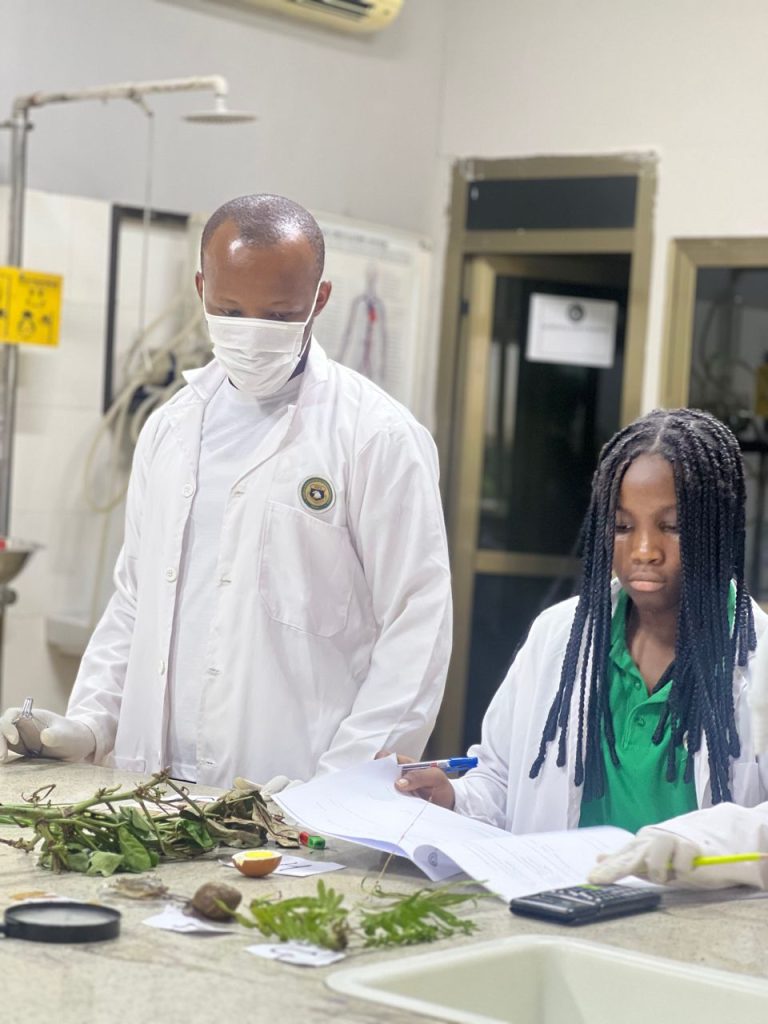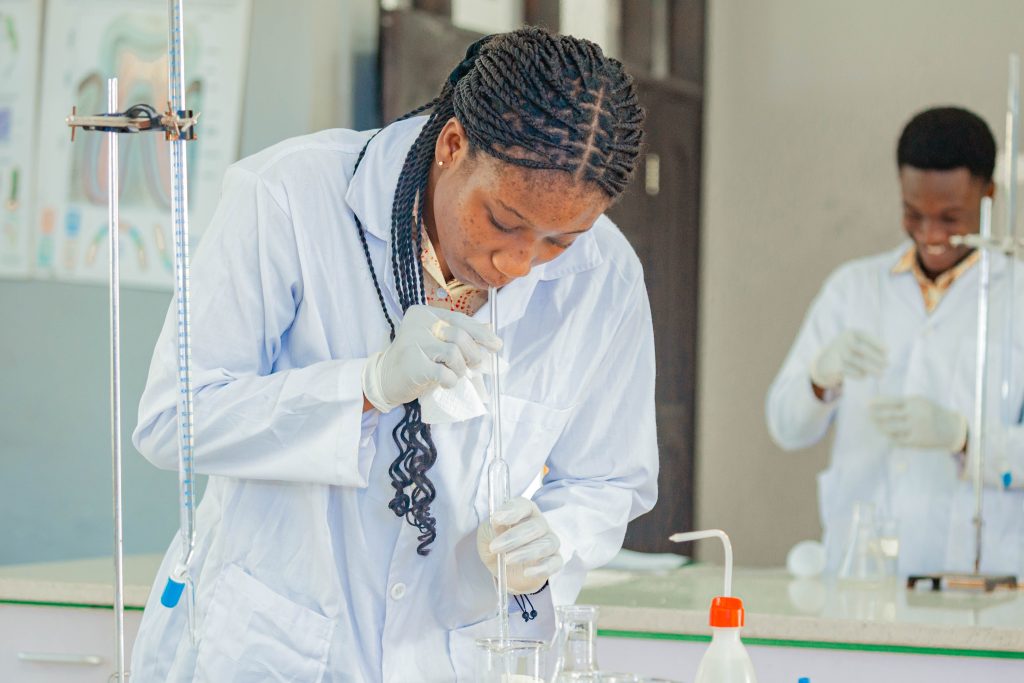Key Points at a Glance
Engaging science lessons improve curiosity, retention, and real-world problem-solving skills.
Active, student-centered teaching strategies make science more relatable and enjoyable.
Technology, experiments, and storytelling bring abstract science concepts to life.
Morgan International Community School (MICS) embraces innovative approaches to science learning that inspire lifelong learners.
Science is all around us. From the blinking of our eyes to the orbit of planets, it explains how the world works. Yet, in many classrooms, science often feels like a subject filled with formulas, definitions, and long lectures. So how do we change that?
To truly inspire students, science lessons must be engaging, interactive, and relevant. They should spark curiosity and encourage learners to explore, question, and think critically.
Let’s explore proven strategies to make science lessons exciting and memorable.

Why Engagement Matters in Science Education
When students are engaged, they don’t just memorize—they understand. Engaged learners are more likely to:
Ask questions and seek deeper answers
Apply knowledge to real-life scenarios
Collaborate with peers to explore solutions
Retain information through meaningful activities
An engaging science lesson builds confidence, supports inquiry, and develops problem-solving skills that students can carry into adulthood.
Strategies to Make Science Lessons More Engaging
1. Use Hands-On Experiments
Nothing excites students like seeing science in action. Simple experiments—like making a volcano erupt or creating a mini ecosystem—bring theory to life.

Tip: Let students predict outcomes, run tests, and reflect on results. This strengthens both understanding and critical thinking.
2. Connect Science to Everyday Life
When science is taught as something distant or abstract, students lose interest. Show them how it relates to what they see and use every day.
Examples:
The chemistry behind cooking
The physics of football
Environmental science in their neighborhood
3. Tell Stories Behind the Science
Storytelling brings emotion, history, and context into lessons. Instead of just talking about gravity, tell the story of how Isaac Newton observed a falling apple and asked why.
Narratives help students remember concepts better and create a sense of wonder.
4. Encourage Inquiry-Based Learning
Instead of giving students answers, let them investigate questions. Start with a problem, give them tools to explore, and guide them as they find solutions.
This builds:
Research skills
Teamwork
Independent thinking
5. Incorporate Technology and Simulations
Use digital tools like:
Virtual labs
Science apps and games
Interactive videos

These allow students to experiment safely and repeatedly, especially when resources are limited.
6. Invite Guest Scientists or Visit Science Spaces
Whether it’s a visit to a nearby water treatment plant or a virtual call with a marine biologist, exposure to real-world science careers fuels motivation and context.
The MICS Example: Making Science Matter
At Morgan International Community School (MICS), science isn’t confined to textbooks. The school blends inquiry, technology, real-world application, and hands-on learning to help students grasp scientific concepts deeply.
Through engaging projects, eco-conscious initiatives, and science fairs, MICS students are encouraged to see themselves as young scientists, innovators, and global thinkers. This approach aligns with the school’s commitment to holistic, learner-centered education.
Final Thoughts
Science is not just a subject—it’s a lens through which students can view and solve the world’s challenges. By making science lessons more engaging, we nurture curious, confident learners who aren’t afraid to ask questions and explore the unknown.
Whether you’re a teacher, parent, or school leader, you have the power to make science fun, meaningful, and unforgettable.
And if you’re looking for a school where this philosophy is already being practiced, institutions like Morgan International Community School are leading the way in shaping future scientists with heart, curiosity, and purpose.
